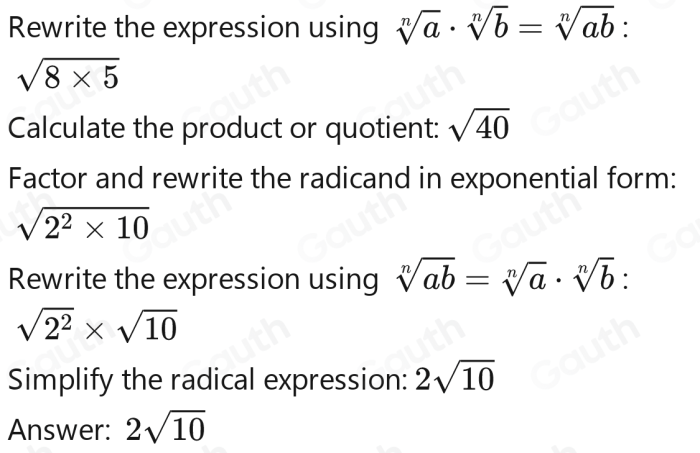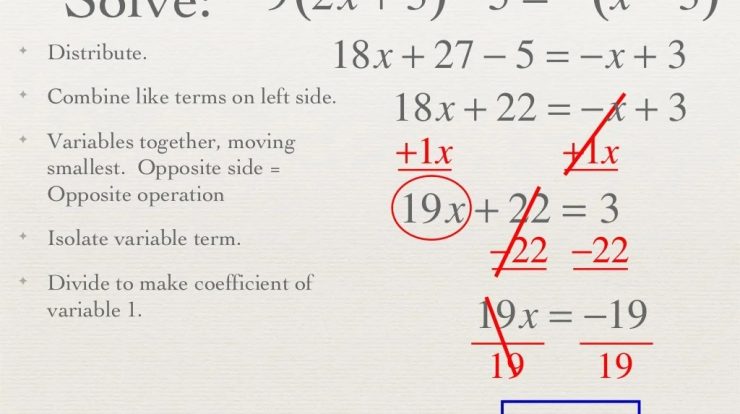What is the following quotient sqrt 120/ sqrt 30? This question delves into the realm of square roots and their properties, providing a deeper understanding of mathematical operations involving radicals. By exploring the concept of simplifying quotients of square roots, we uncover a powerful tool for solving mathematical expressions.
Simplifying radicals involves breaking down expressions containing square roots into their simplest form. This process often requires applying mathematical properties and rules to manipulate the expression. In the case of quotients of square roots, a specific rule guides the simplification process, allowing us to combine or divide square roots effectively.
Definition of Square Root

A square root of a number is a value that, when multiplied by itself, produces the original number. For example, the square root of 16 is 4, since 4 × 4 = 16.
Simplifying Radicals
Simplifying a radical means expressing it in its simplest form. To simplify a radical, we can use the following rules:
- Factor the radicand into its prime factors.
- Take the square root of any perfect square factors.
- Write the simplified radical with the square root of the remaining factors.
For example, to simplify the radical √12, we can factor the radicand as 12 = 2 × 2 × 3. Then, we take the square root of the perfect square factor 2 × 2, which gives us √4 = 2. Finally, we write the simplified radical as √(2 × 3) = 2√3.
Quotient of Square Roots: What Is The Following Quotient Sqrt 120/ Sqrt 30

The quotient of two square roots is a square root of the quotient of the radicands. That is, if a and b are positive numbers, then:
√(a/b) = √a / √b
To simplify the quotient of two square roots, we can use the following steps:
- Simplify each square root in the numerator and denominator.
- Divide the simplified numerator by the simplified denominator.
For example, to simplify the quotient √(120/30), we can simplify each square root as follows:
- √120 = √(4 × 3 × 5) = 2√15
- √30 = √(2 × 3 × 5) = √(2 × 3)√5 = 2√3√5
Then, we can divide the simplified numerator by the simplified denominator:
√(120/30) = (2√15) / (2√3√5) = √(15/3) = √5
Properties of Square Roots

Square roots have several important properties. These properties can be used to simplify expressions involving square roots.
- √(ab) = √a √b
- √(a/b) = √a / √b
- (√a)² = a
- √a√b = √(ab)
For example, we can use the property √(ab) = √a √b to simplify the expression √(12) as follows:
√(12) = √(4 × 3) = √4 √3 = 2√3
FAQs
What is the definition of a square root?
A square root is a number that, when multiplied by itself, produces the original number. For example, the square root of 4 is 2, since 2 x 2 = 4.
How do you simplify radicals?
Radicals can be simplified by factoring out the largest perfect square from the radicand. For example, sqrt(12) can be simplified to 2sqrt(3) because 3 is the largest perfect square that divides evenly into 12.
What is the rule for simplifying the quotient of square roots?
The rule for simplifying the quotient of square roots is to divide the numerator and denominator by the square root of the greatest perfect square that divides evenly into both the numerator and denominator. For example, sqrt(120) / sqrt(30) can be simplified to 2sqrt(3) / sqrt(3) = 2.

